In 2020, the number of international migrants reached 281 million; 36 million of them were children
Among the world’s migrants are nearly 34 million refugees and asylum seekers who have been forcibly displaced from their own countries – half of them children.
There is no internationally agreed on definition of migrants – usage varies by context and purpose. The most widely available numbers of international migrants refer to the number of people living in a country outside their country of birth – also called migrant stock. This measure refers to specific point in time and is irrespective from the reason for leaving the home country or the duration the person has already spent in current country of residence.
The share of the international migrant stock as part of the total population, which had remained just under three per cent between 1990 and 2005, has risen to 3.6 per cent by 2020. Together with the rising global population, this has contributed to the 83 per cent increase of the international migrant population globally from 153 million in 1990 to 281 million in 2020.The number of migrant children increased from around 24 million during the period 1990–2000 by 50 per cent to 36 million in 2020.
In 2020, the number of international migrants reached 281 million; 36 million of them were children.
Number of international migrants by age, 1990 to 2020 (in millions)

Note: International migrants refers to people living in a country or area other than they were born. In case information on the country of birth was not available, refers to people living in a country other than that of their citizenship.
Source: United Nations Department of Economic and Social Affairs, Population Division (2020). International Migrant Stock 2020.
Origin and destination of international migrants
In 2020, one in every 66 children worldwide lived outside the country of his or her birth. Like adults, most children who move migrate primarily within their own regions. Globally, more than half of international migrants have moved to another country within the same region where they were born.
Approximately one quarter of all the world’s migrants were born in Asia and live in a different country within Asia; another 16 per cent of international migrants are Europeans who have moved within Europe. Owing in large part to its substantial share of the total population, Asia is also the region of origin for the highest number of migrants who leave their region of birth. In 2020, there were 46 million international migrants born in Asia but living outside of Asia.
Migration within regions accounts for more than half of all international migration
Number of international migrants by region of origin and destination, 2020 (in millions)
This chart shows the global migration stock in 2020 by origin and destination. The arrows show corridors of migration from the region of origin (emigrants) leading to the region of destination (immigrants) and are scaled to size.

Source: United Nations Department of Economic and Social Affairs, Population Division (2020). International Migrant Stock 2020.
Children, as part of larger population movements, generally end up in higher income countries after they migrate. Roughly eight in 10 migrants globally move to a country with a gross national income at least 20 per cent higher compared to their country of birth. While 65 per cent of the world’s migrants live in high-income countries, the origins of those migrants are mixed. Migrants in high-income countries come in roughly equal measure from high-, middle-, and lower-middle income countries. Only six out of every 100 migrants in high-income countries was born in a low-income country.
International migrants tend to move to higher income countries
Number of international migrants by income group of country of origin and income group of country of destination, 2020 (in millions)

Note: This figure does not include 12.7 million international migrants with origin classified as other or unknown.
Source: United Nations, Department of Economic and Social Affairs, Population Division, Trends in International Migrant Stock: Migrants by Destination and Origin, United Nations, New York, 2020. The national income classifications follows the World Bank income classification. The detailed classification can be found at: <http://data.worldbank.org/about/country-classifications/country-and-lending-groups>, accessed on 2 February 2021.
Where the world’s child migrants live
Nearly 14 million of the world’s international child migrants live in Asia. This represents 39 per cent of all migrant children, though it is actually much lower than Asia’s proportion of global child population (55 per cent of all children). Europe and Northern America, on the other hand, are together home to 31 per cent of all migrant children (11.0 million) – more than three times their share of the global child population (9 per cent). Around 18 per cent of all migrant children live in Africa (6.2 million).
Half of all the world’s child migrants live in just 15 countries, led by the United States of America, which is home to 3.3 million child migrants. The countries with the highest numbers of child migrants generally share one of two characteristics. Some, including Jordan, Iran, Uganda and Mexico, have high proportions of children in their overall migrant population (46, 42, 54, and 57 per cent respectively.) In other countries, including Saudi Arabia, the United Arab Emirates, Germany and the United States of America, children are a relatively small percentage of the migrant population, but those countries’ overall migrant populations are so large that the total number of migrant children is still comparatively high.
Together, Africa and Asia host 3 in every 5 child migrants
Size of international migrant stock under 18 years of age by country of residence, 2020
Distribution of international migrant children and all children by region, 2020 (percentages)
Top 20 hosting countries of international migrants under 18 years of age, 2020 (in millions)
Internal migration
While international migration receives substantial attention in the research and policy dialogue, it is only a small portion of overall population movements. A much higher percentage of the world’s population movements takes place within borders rather than across them. According to one global estimate, by 2005, upwards of 760 million people had migrated within their own countries since birth, nearly four times as many people as had migrated internationally.
Comparable, comprehensive global estimates on internal migration are extremely limited, making it difficult to assess the scale, trends, and impacts of internal migration on children at a global level. This leaves researchers and policymakers to rely on piecemeal studies and data sets and represents a major gap in global migration data. Looking at the available information from the world’s two most populous countries, however, the scale and policy implications of internal migration for children are clear:
In China, there were an estimated 245 million internal migrants in 2013. This followed an explosive growth in internal migration since the turn of the century – in 1982, there were only 6.6 million internal migrants in the country. This surge in migration, combined with the design of China’s household registration system (hukou), has complicated the migration of parents together with their children. In part because hukou can make it difficult to enrol children in urban schools or take advantage of the public health care system after migrating, many internal migrants leave their children behind when they move.
In 2010, almost 70 million children in China stayed behind when their parents migrated. Another 36 million children moved with their parents. Together, these 100 million children mean that two out of every five children in China were directly affected by migration. Because of the rural-to-urban nature of most internal migration in China, nearly 90 per cent of children who were left in the care of others when their parents migrated were in rural areas, meaning that four in ten children in rural areas were living without one or both parents because of migration.
An estimated 326 million people – more than a quarter of the national population – had moved across India by 2007-2008. That same year, 15 million children in India were estimated to be living as internal migrants within the country. That number is equivalent to roughly half the number of international child migrants in the world, underscoring just how vital continued analysis of and dialogue about internal migration is for the well-being of children.
Migration data
Build and download your own customisable dataset
Resources

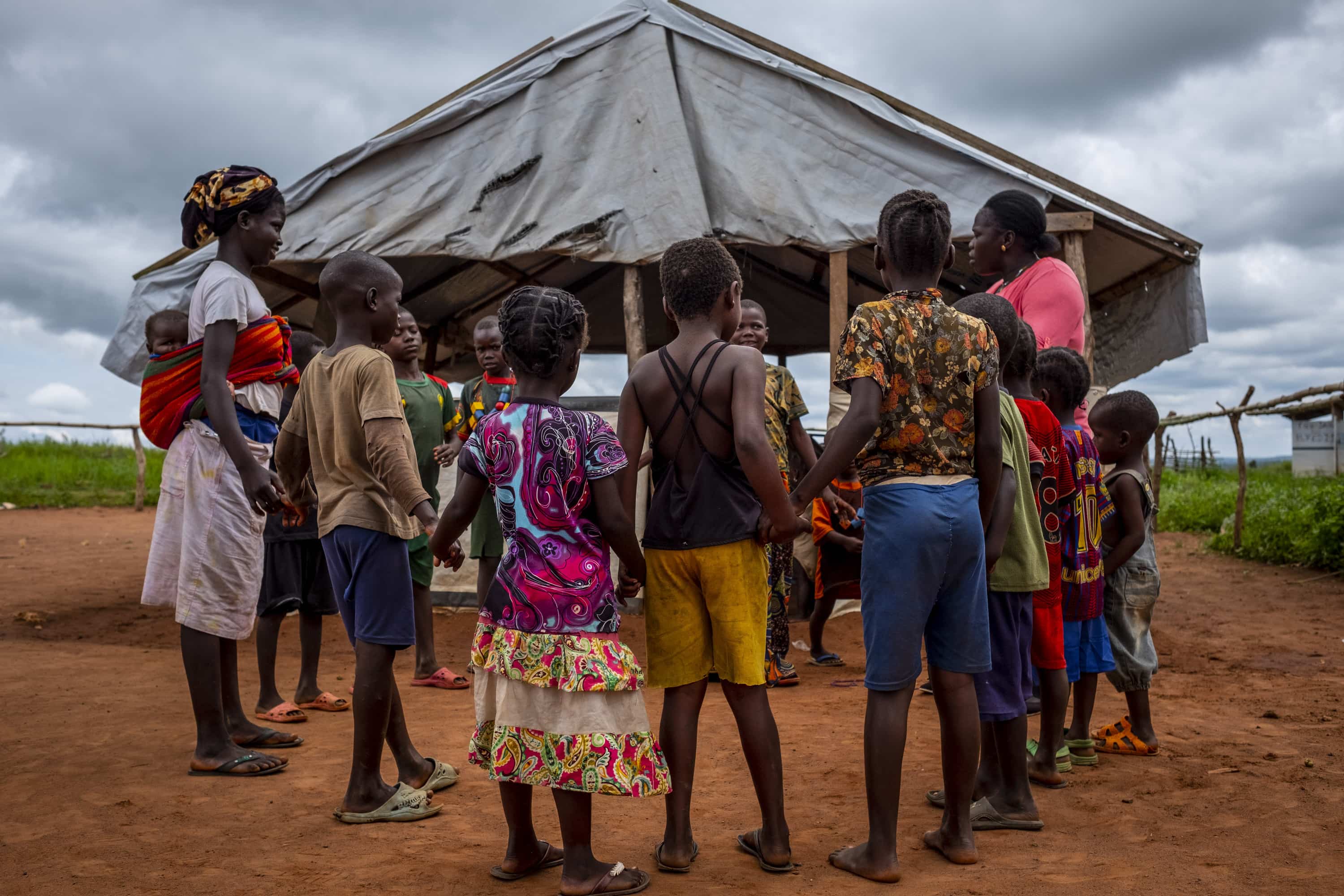
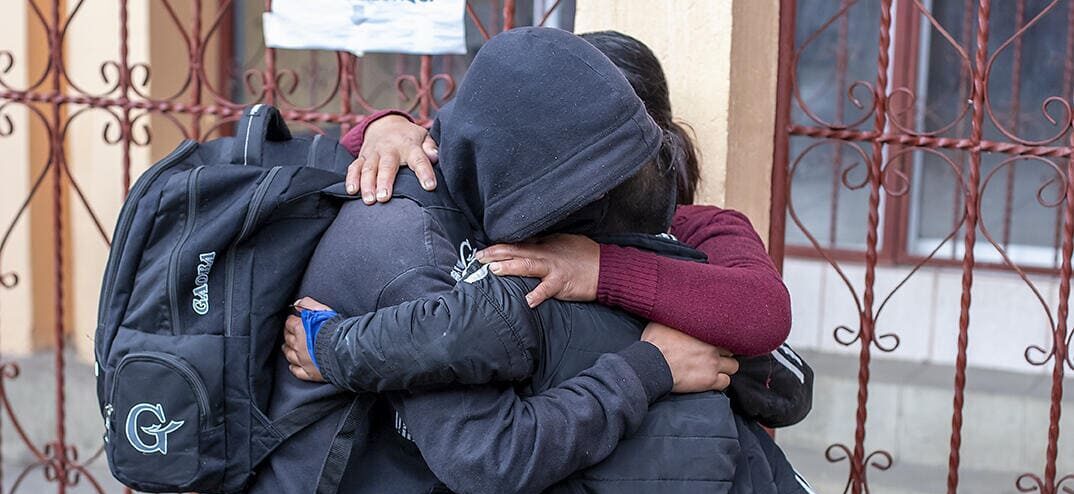
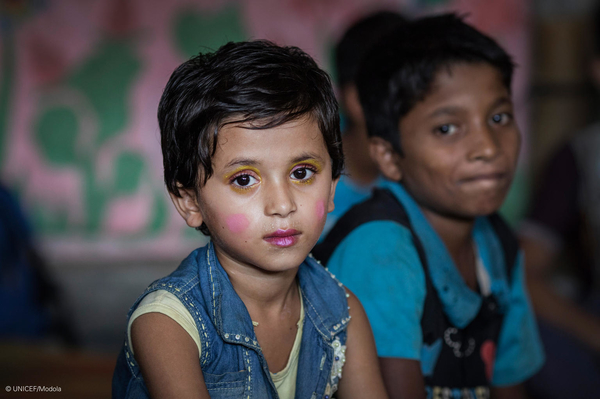

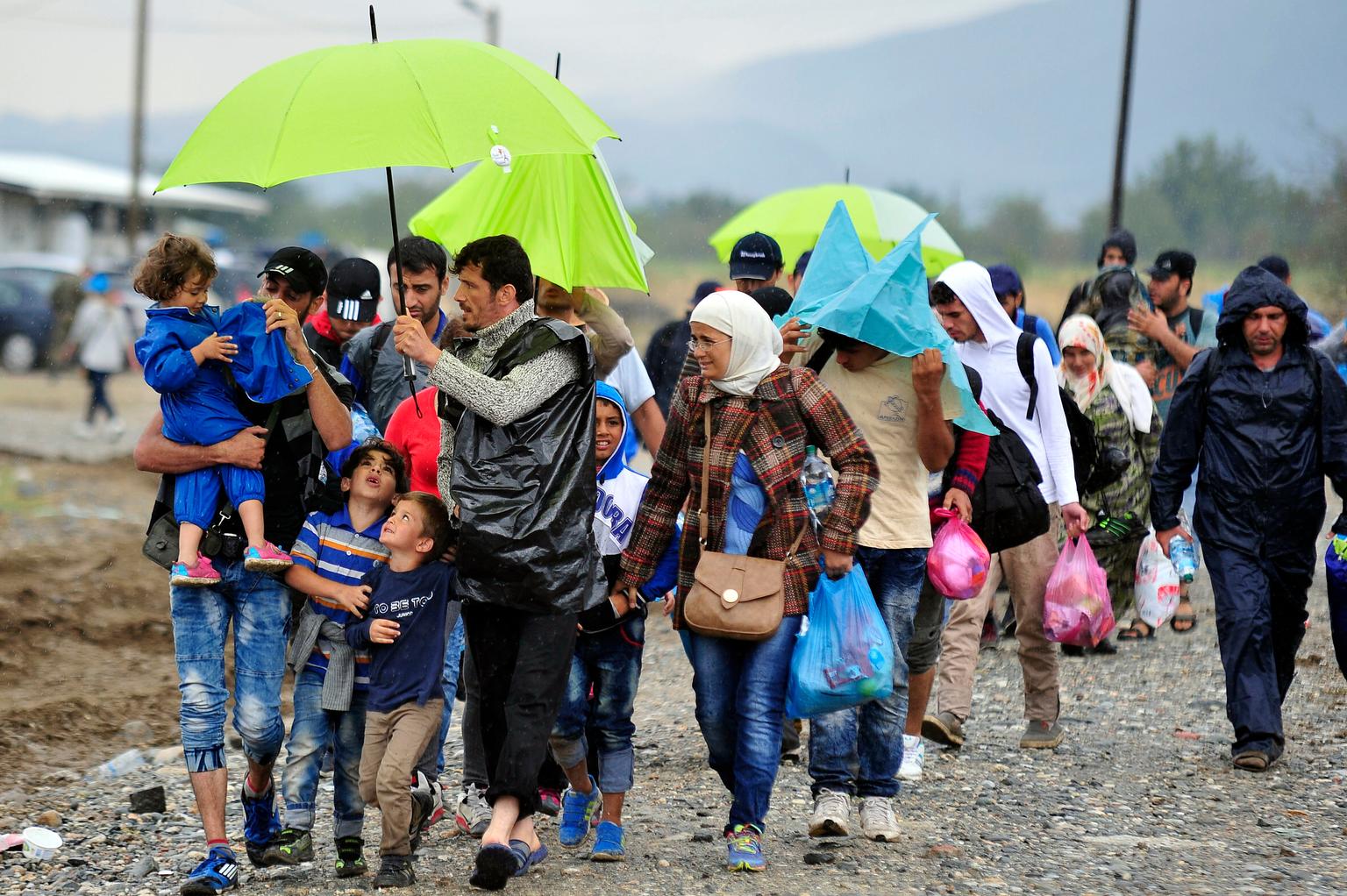
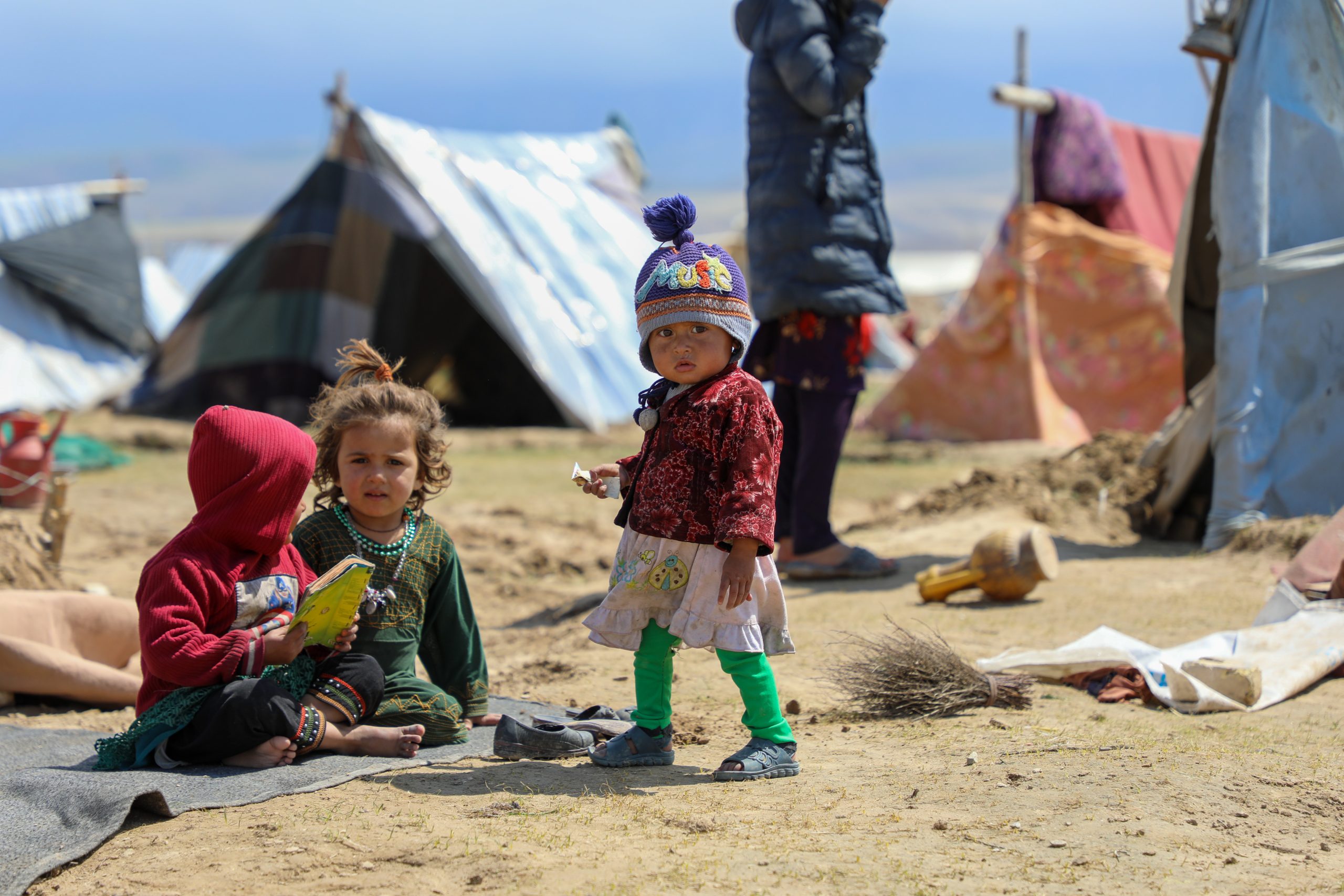
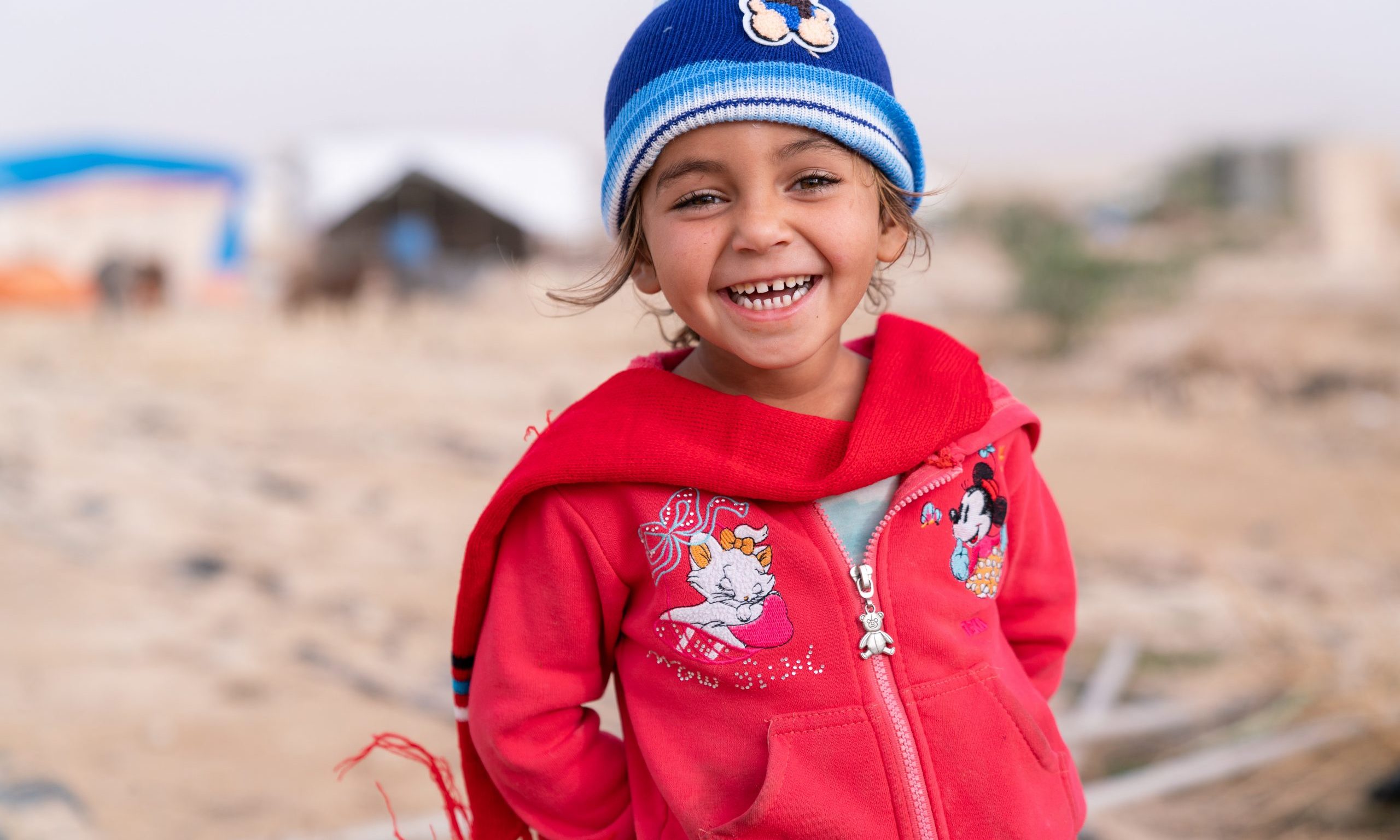

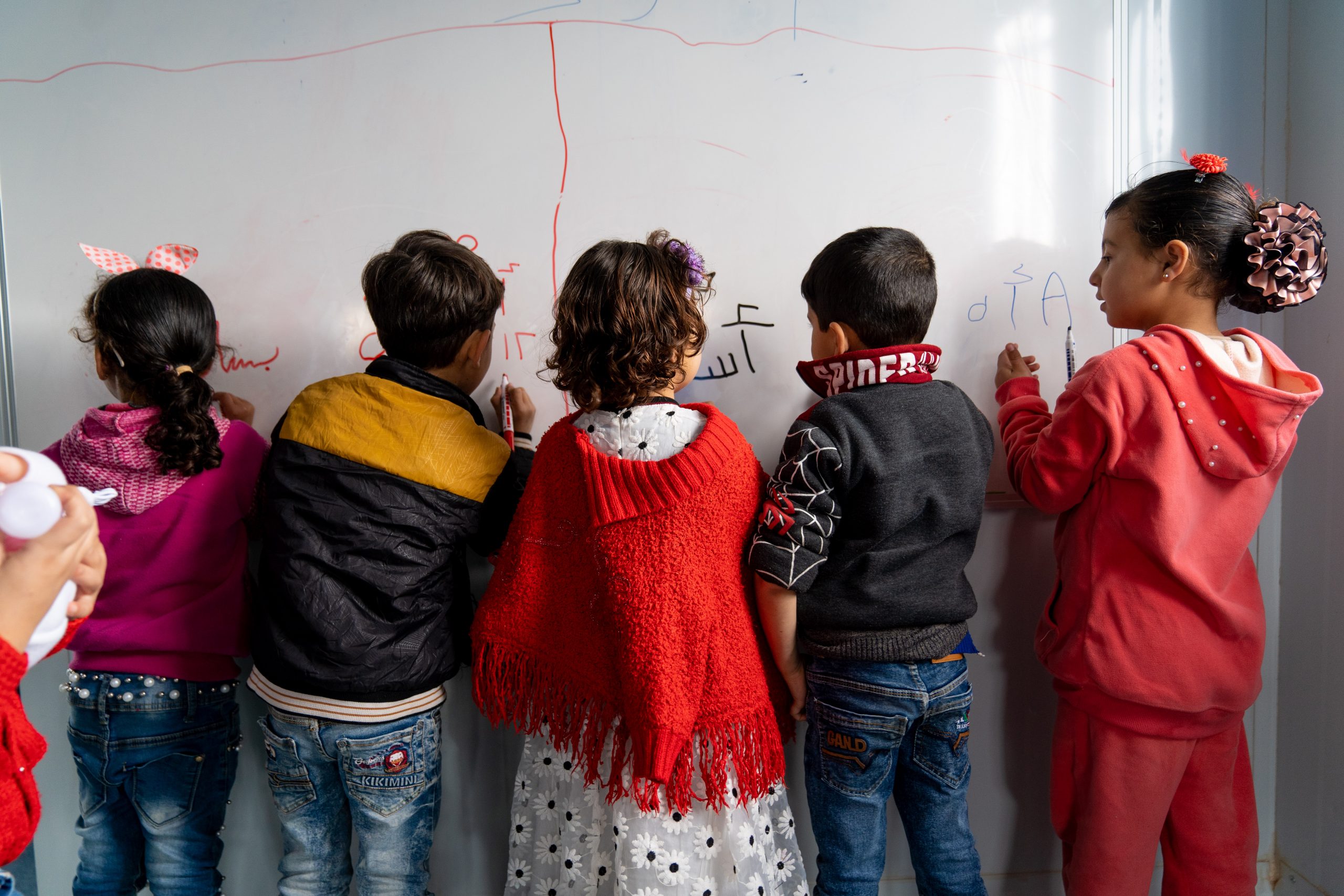
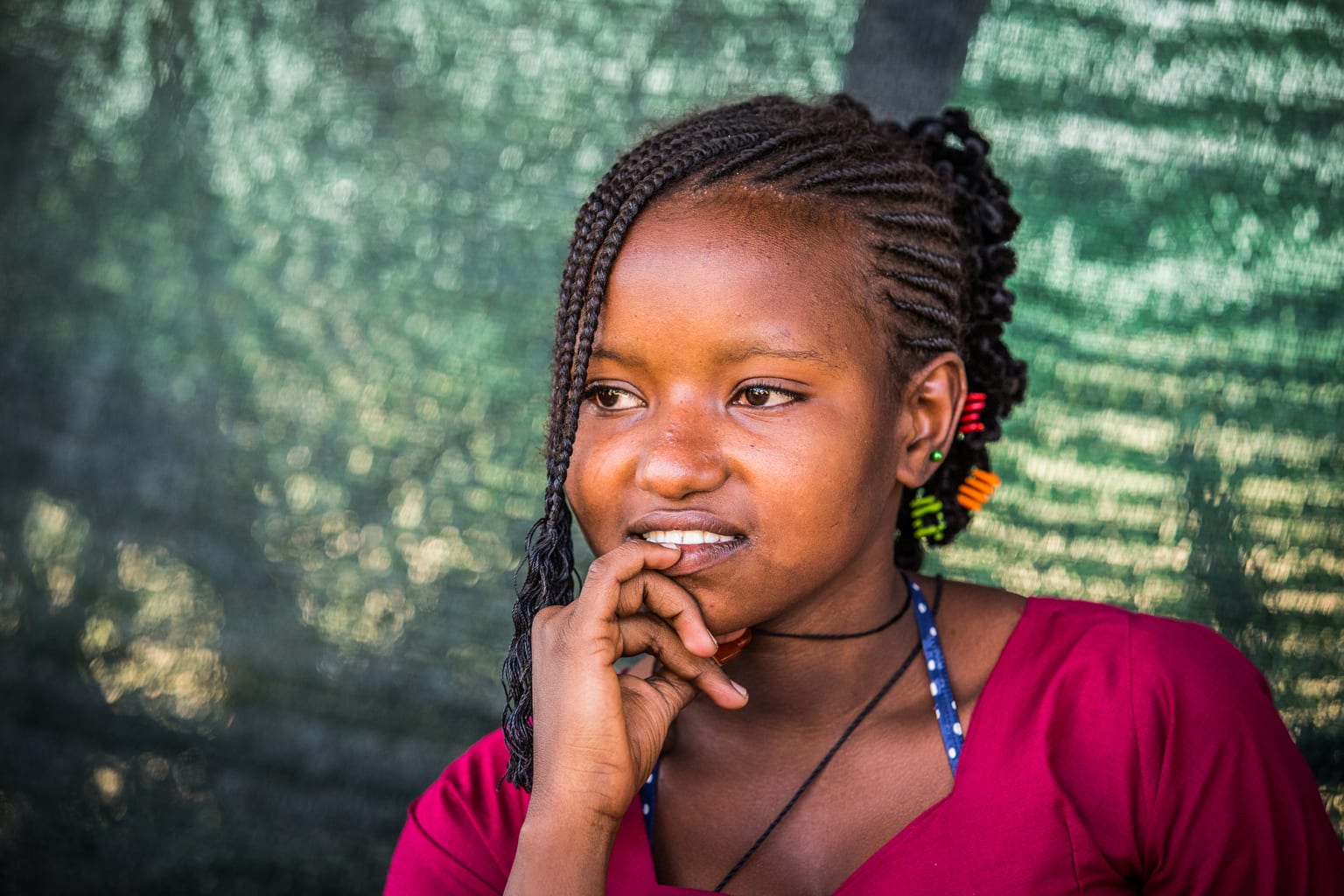

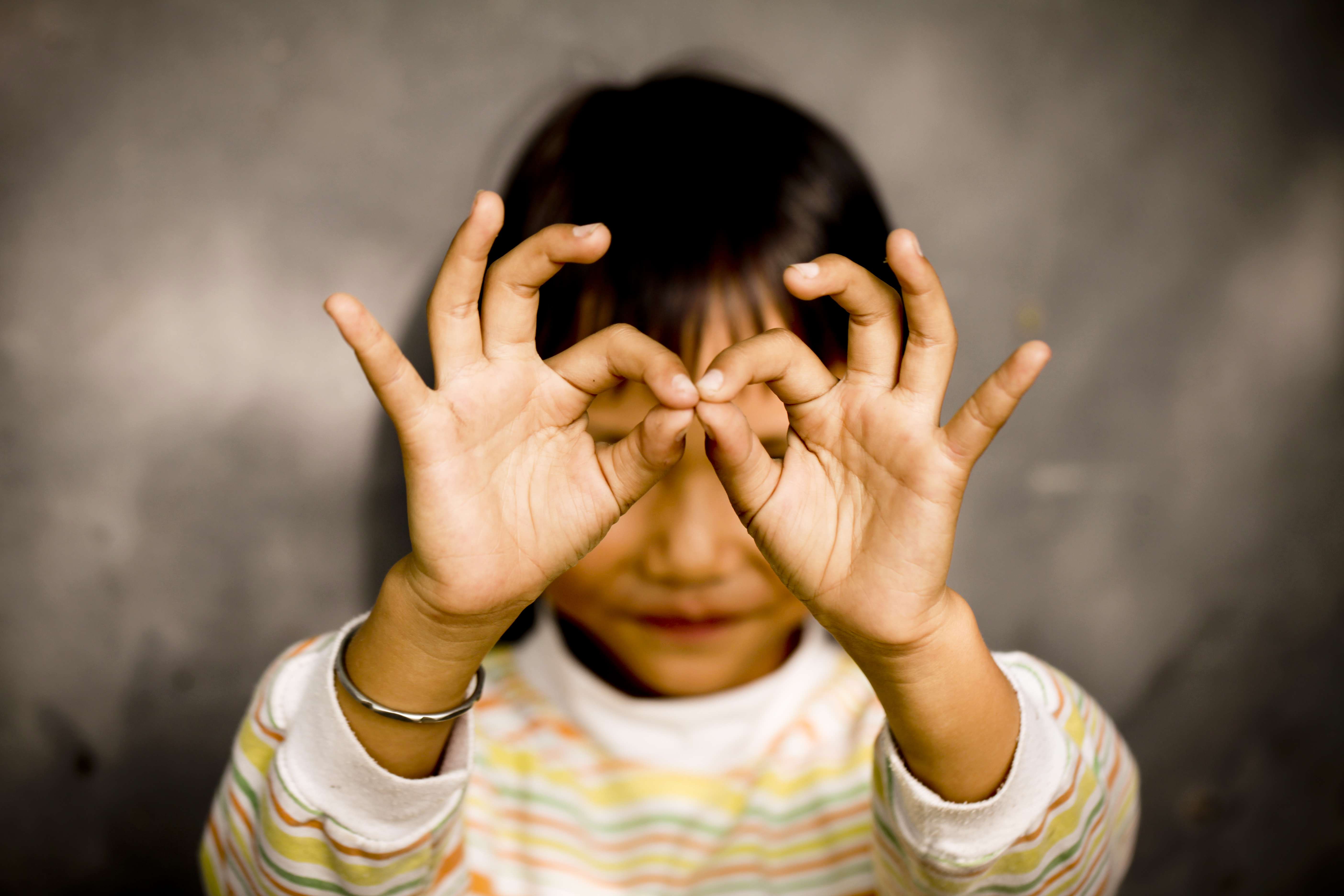

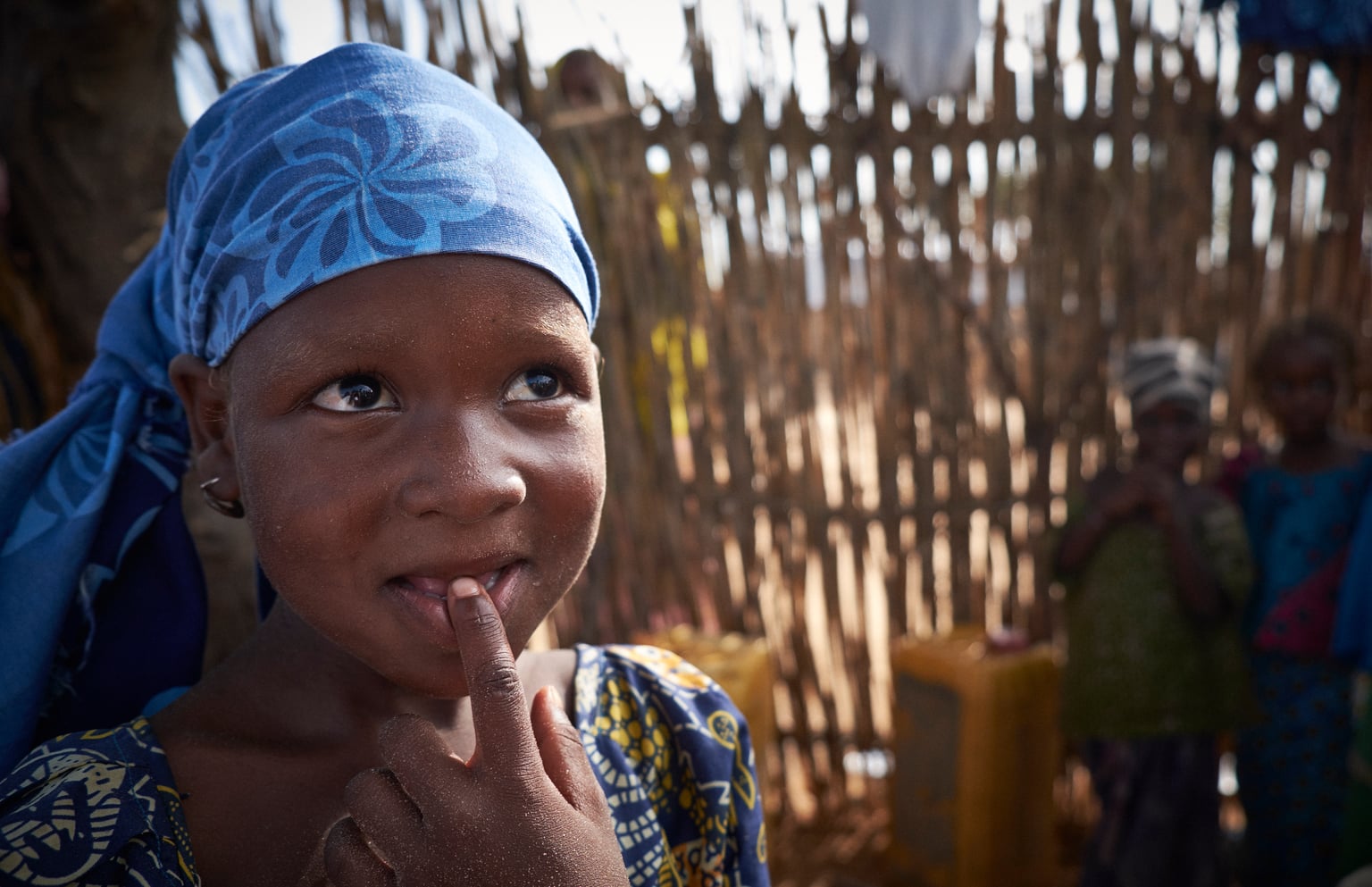
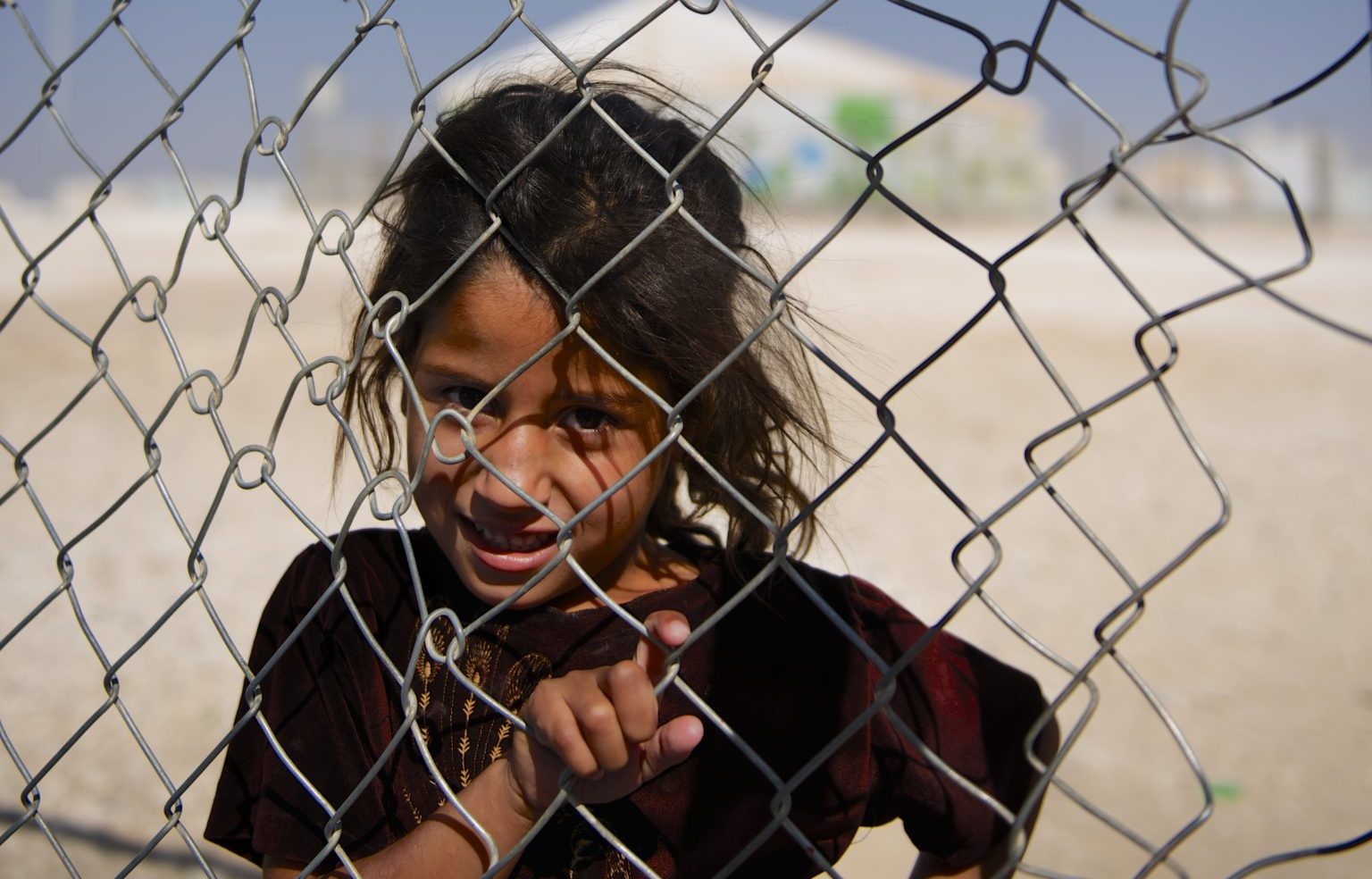

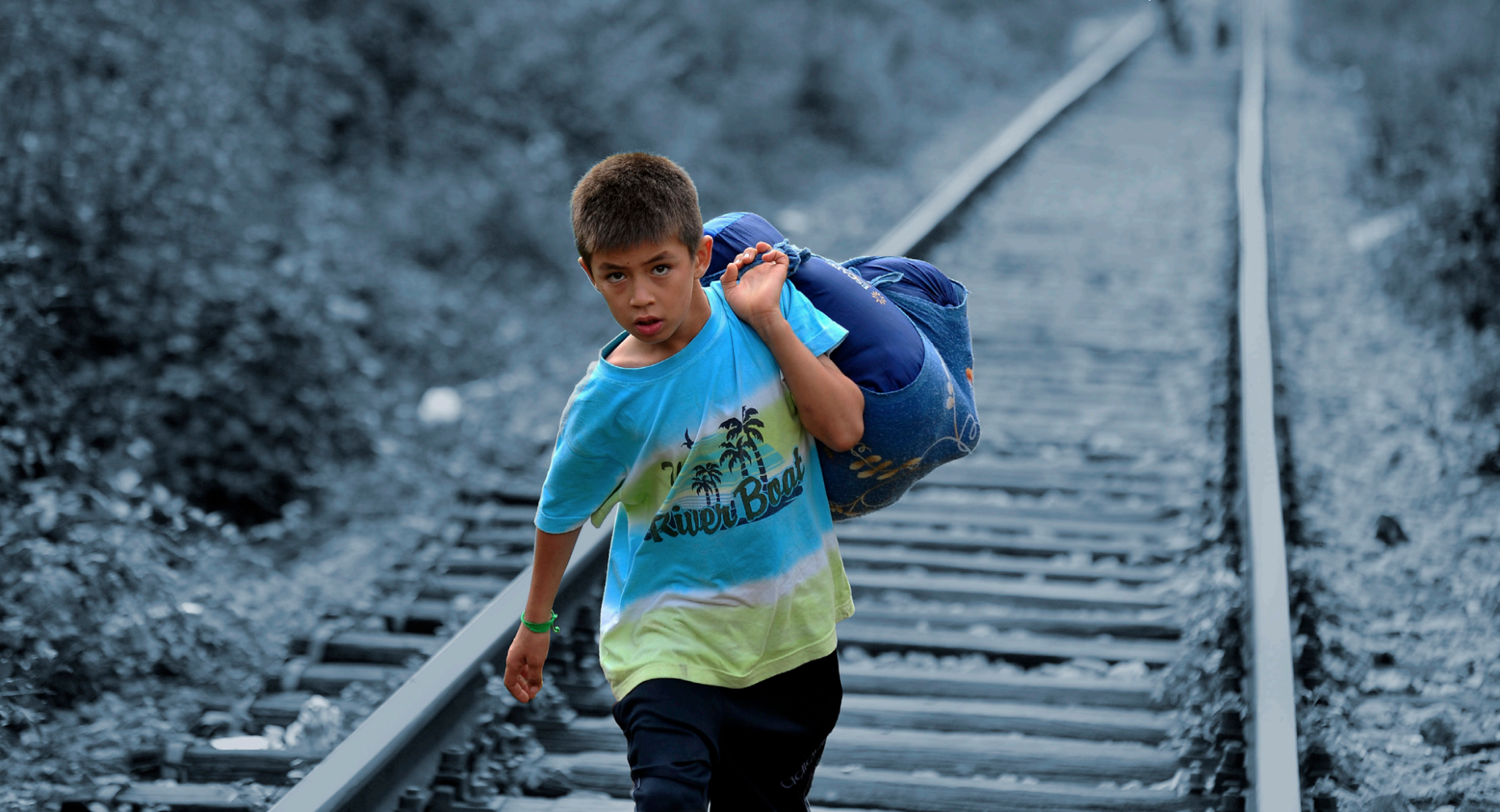
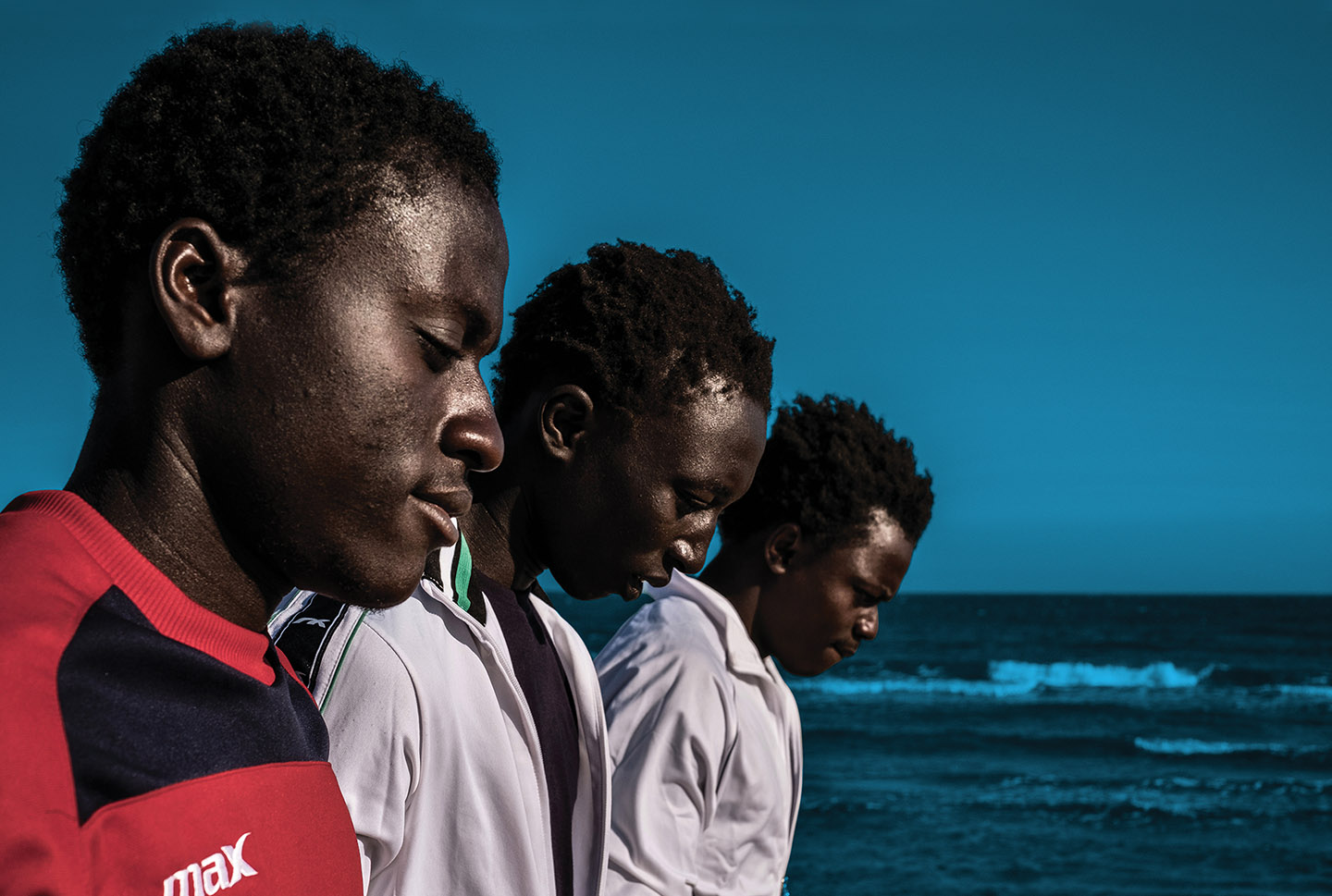
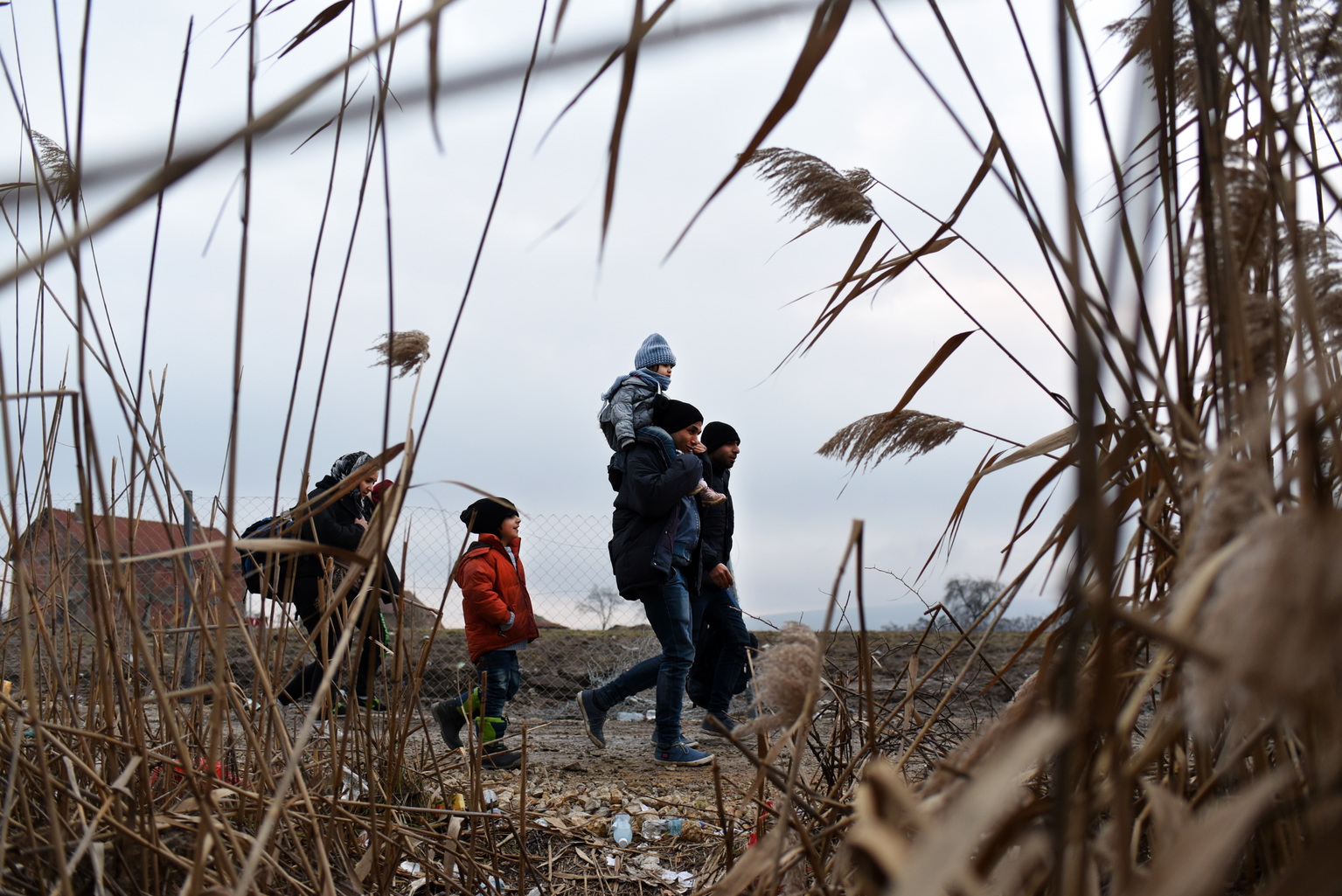
Notes on the data
Definitions
International migrants: Persons living in a country or area other than their country of birth.
Refugees: Person who are outside their country of nationality or habitual residence, who cannot return due to a well-founded fear of being persecuted because of their race, religion, nationality, membership of a particular social group or political opinion. This number only accounts those who have been recognized as refugees or find themselves in refugee-like situations. Data are presented in thousands.
Asylum seeker: Persons whose application for asylum or refugee status is pending at any stage in the asylum procedure. If granted, persons are regarded as refugees. Data are presented in thousands.
Internal displaced persons: Persons who have been forced or obliged to flee or leave their homes or places of habitual residence, in particular as a result of or in order to avoid the effects of armed conflict, situations of generalized violence, violations of human rights or natural or human-made disasters, and who have not crossed an internationally recognized border. Data presented in this table refer only to persons displaced due to conflict and violence. Data are presented in thousands.
Ratification of key human right instruments: Number of legal instruments related to children and international migration ratified by each country. The legal instruments refer to: (a) the 1989 Convention on the Rights of the Child, (b) Convention relating to the Status of Refugees 1951 and Protocol 1967, (c) the 2000 Protocol to Prevent Suppress and Punish Trafficking in Persons, Especially Women and Children (d) the 2000 Protocol against the Smuggling of Migrants by Land, Sea, Air, (e) the 1990 International Convention on the Protection of the Rights of All Migrants and Members of Their Families. Data are expressed in numbers.
Sources
Total population by country or area: United Nations, Department of Economic and Social Affairs, Population Division, World Population Prospects: The 2019 Revision, United Nations, New York, 2019.
International migrants by country of destination: United Nations, Department of Economic and Social Affairs, Population Division, Trends in International Migrant Stock: The 2019 Revision, United Nations, New York, 2017. Share of under 18 calculated by UNICEF based on United Nations, Department of Economic and Social Affairs, Population Division, Trends in International Migrant Stock: Migrants by Age and Sex, United Nations, New York, 2019.
International migrants by country of origin: United Nations, Department of Economic and Social Affairs, Population Division, Trends in International Migrant Stock: Migrants by Destination and Origin. United Nations, New York, 2019.
Refugees by country of asylum: United Nations High Commissioner for Refugees, Global Trends: Forced Displacement in 2018, UNHCR, Geneva, 2019.
Refugees by country of origin: United Nations High Commissioner for Refugees, Global Trends: Forced Displacement in 2018. UNHCR, Geneva, 2019. Share of under 18 from UNHCR unpublished data, cited with permission.
Asylum seekers: United Nations High Commissioner for Refugees, Global Trends: Forced Displacement in 2018, UNHCR, Geneva, 2019.
Internally displaced persons (IDPs): Internal Displacement Monitoring Centre, Global Internal Displacement Database (GIDD), IDMC, 2019.
Legal frameworks: United Nations Treaty Collection; see http://treaties.un.org (as of 13 July 2016).
Call for data
Comparable, reliable, timely, disaggregated and accessible data are essential for understanding and addressing the implications of migration for children and their families. Data need to cover a range of key questions, including who migrants and displaced persons are, how old they are, where they come from, when they move, where they move, why they move and how they fare.
A first step toward closing the data gaps about child migrants and refugees is identifying who and where those children are. Accounting for migrant children – especially refugee children – is fundamental for their protection. Beginning more than a decade ago, UNHCR declared unequivocally that ”the registration of children should always be a priority when registering persons of concern to UNHCR”. More consistent efforts to identify the origins and destinations of child refugees are also needed, including through the adoption of consistent and reliable techniques for determining the ages of children who arrive without documentation. Population registers and censuses are essential tools for closing some of these gaps, particularly for non-refugee migrant children. As the predominant data source on international migration, every census should collect information on the country of birth, the country of citizenship, and the country of previous residence for respondents.
A second and equally important step toward closing data gaps is improving information about the well-being of children impacted by migration and displacement. Outcomes related to water and sanitation, education, gender, child protection, social inclusion and health need to be assessed for migrant and refugee children and considered in relation to the outcomes to native-born children. Data disaggregated by migratory status will be particularly relevant to monitor progress toward the Sustainable Development Goals for children and families in vulnerable situations. To bolster the overall quality of information about the well-being and progress of migrant children, pertinent administrative data should be more accessible and household surveys should be adjusted to include relevant migration questions. New technologies and data sources also have tremendous potential to improve current knowledge about migration movements. Data from social media, mobile phones and other sources can provide geo-spatial and temporal information about population movements in real time, facilitating timely and more responses for people on the move. Continued investment in both new and traditional data sources will be essential to effectively meeting the rights and needs of children and families in the years to come.


